
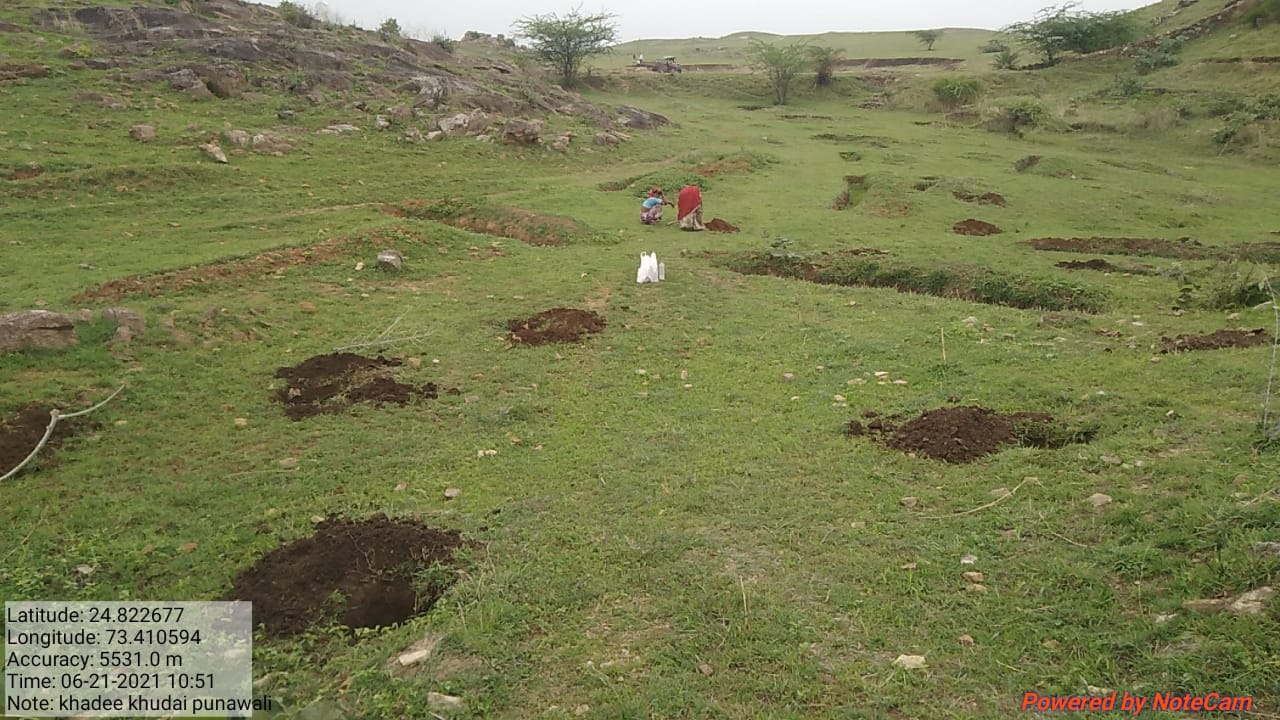
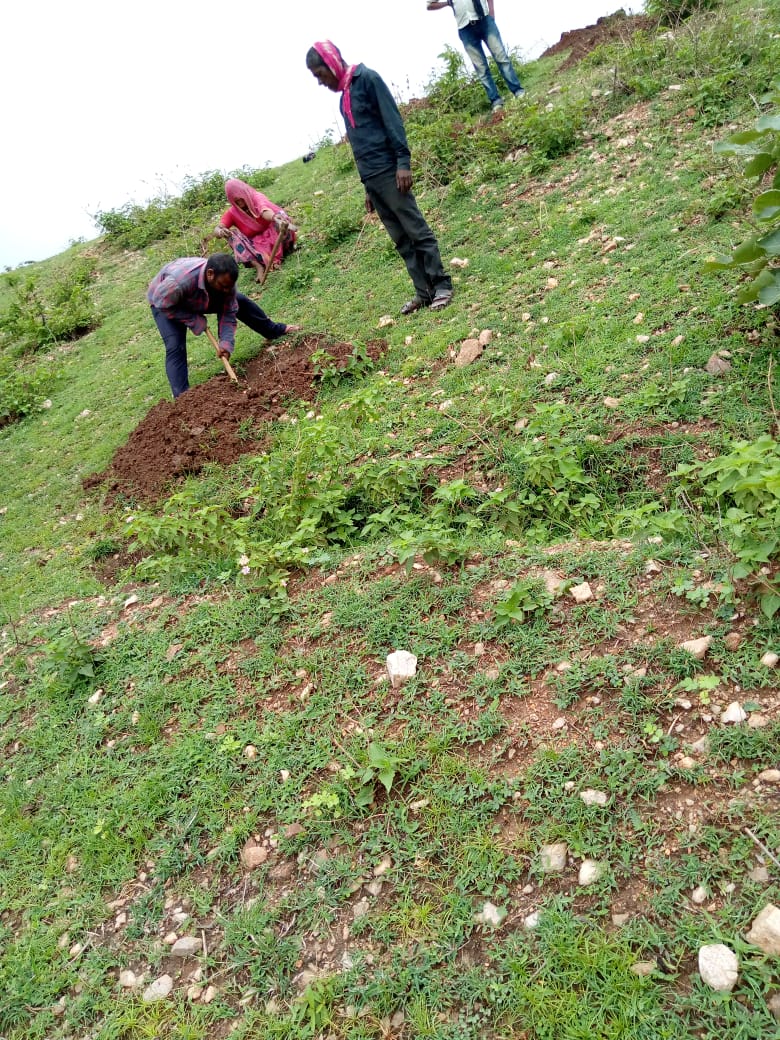
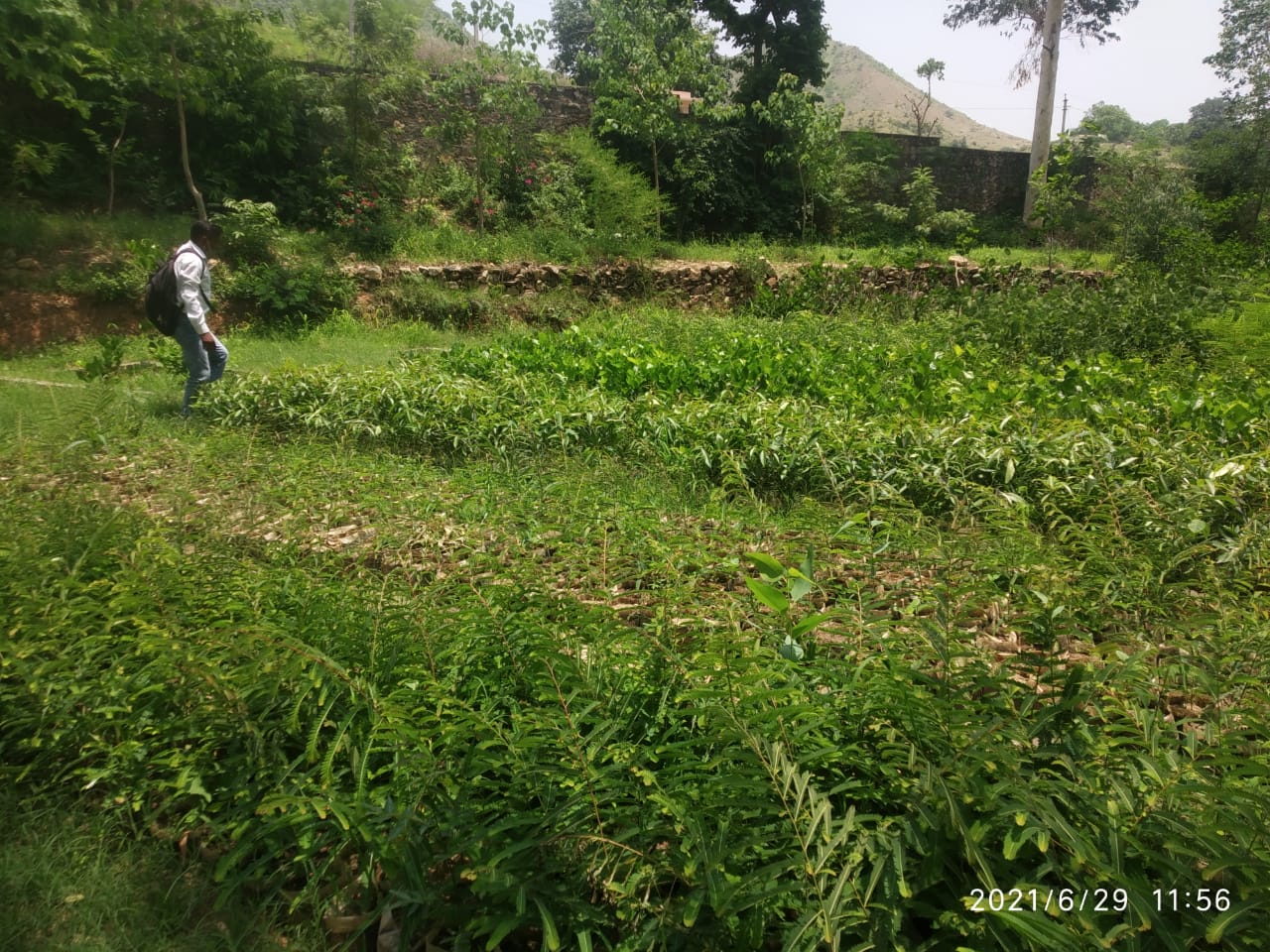
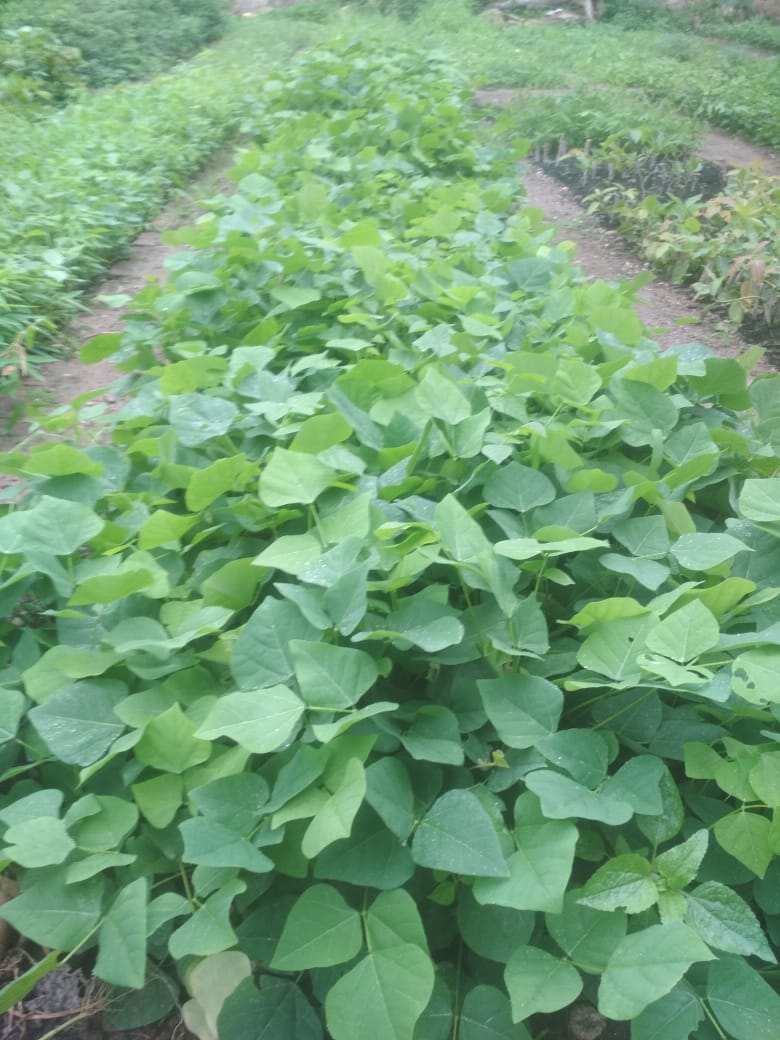

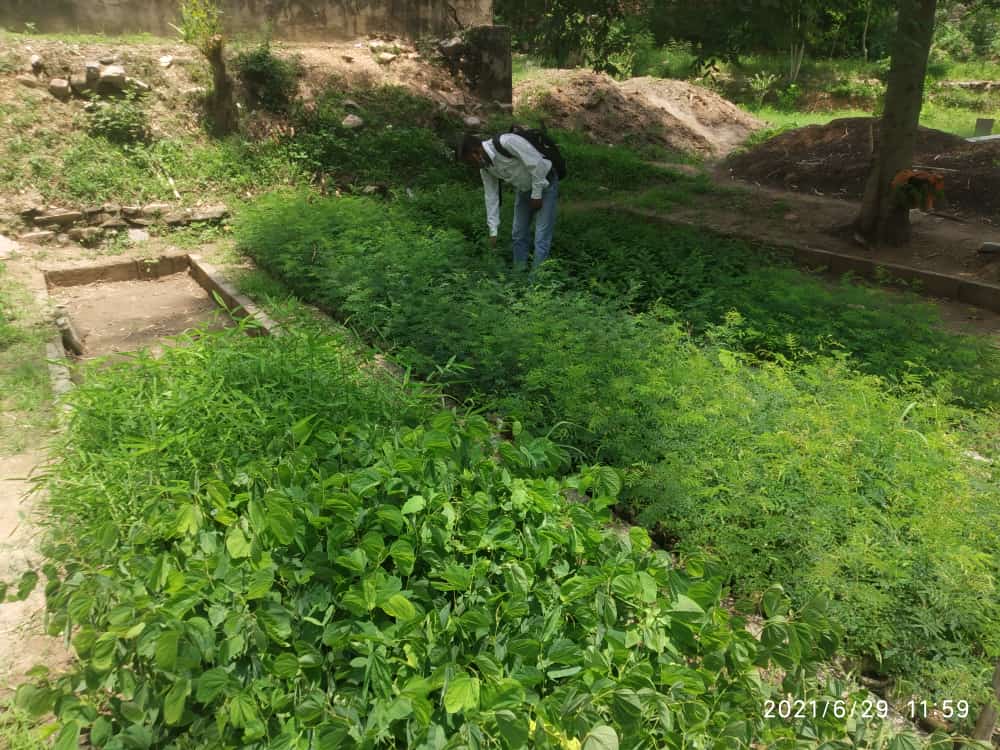
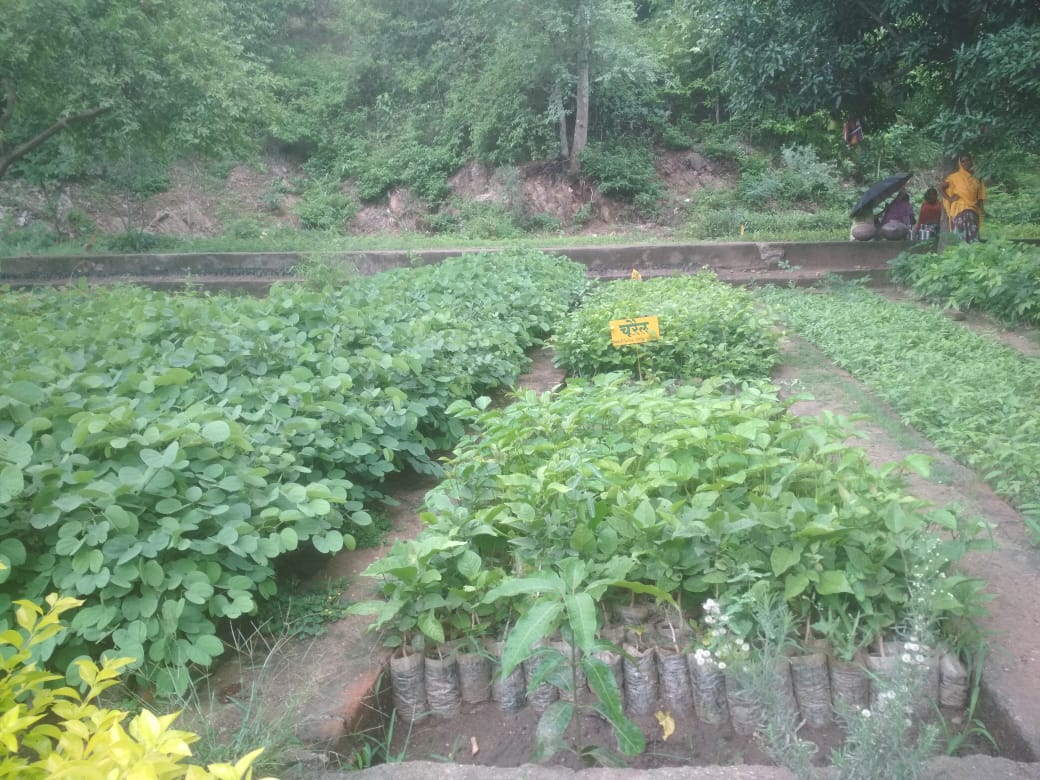
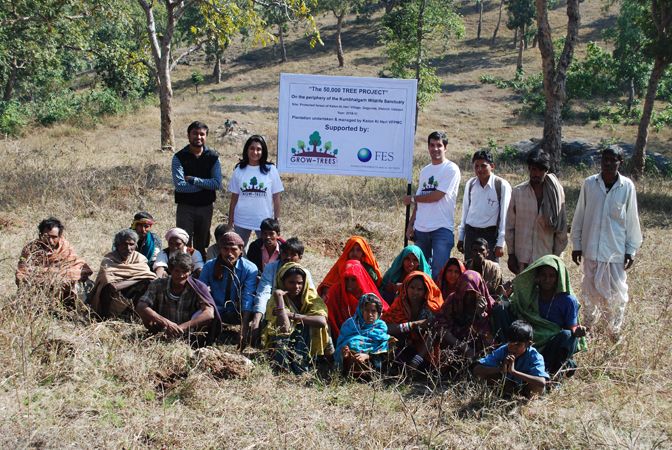


Project Target
0% Remaining
255,000
Trees Planted out of 255,000 Trees

Project Location:
Planting of 255,000 trees in Karech village, on the periphery of Kumbhalgarh Sanctuary, Rajasthan, India.
Project Aim
The African Wildlife Foundation, stresses the conservation of habitat, for the conservation of the animals. Professor of Wildlife Resources, at the Pennsylvania State University, Margaret C. Brittingham, elaborates the various requirements of an organism from the habitat like food, water, cover and space. Shelter from harsh climatic conditions, predators, nesting, reproduction, all these needs are fulfilled by the type of tree species present in an area. Thus, for the conservation of wildlife, protecting its habitat is of utmost importance.
The afforestation project was undertaken by the forestry department, Government of Rajasthan shows the robust effect of afforestation on the production of forest product, environmental production, improvement of groundwater levels, and employment opportunities as evaluated by the late journalist Kuldip Nayar.
Thus, the trees not only provide protection to the animals dependent on it but also performs a lot of other functions. In the project area, plantation of trees will add to the barrier protecting against the spread of the desert. Jim Morrison a freelance writer for the Smithsonian.com, speaks about how deforestation destroyed the topsoil of the region and how plantation of trees brought greenery to the area.
The animal species at this location include the wolf, leopard, sloth bear, hyena, jackal, jungle cat, sambhar, nilgai, chausingha, chinkara and hare. The bird species found here include the grey jungle fowl, dove, parakeet, peacock, golden oriole, grey pigeon, bulbul and white-breasted kingfisher.
Bamboo (Dendrocalamus strictus), Khair (Acacia catechu), Khirni (Manilkara hexandra), Baheda (Terminalia bellirica), Ber (Zyziphus spp.), Amla (Emblica officinalis), Mahua (Madhuca indica), Kanji (Holoptelia integrefolia), Kikar (Acacia nilotica), Kaliya (Albizzia lebbek), And Hawan (Ficus racemosa)
The trees planted in the project area, being local species and in a mixed manner, conserve the natural habitat of the rich wildlife in the region by fulfilling the needs for food, water, cover and space. The tree species selected for the area will provide various Non- Timber Forest Products (NTFPs). The green cover developed the groundwater levels thus, aiding the drinking water and agricultural requirements of the area and prevention of salinization of the soil. All three will add to the livelihood opportunities of the people of the region along with ecotourism. Ecotourism will provide jobs to the local people, generate revenues, spread awareness about the local fauna both among the tourists and locals, finally aiding the conservation efforts (Ecotourism in Rajasthan: Prospects and Perspectives, Shailja Sharma et al., 2013).
The reason for man-animal conflict is the competition for food and water at the fringes of the forest. The other reasons are habitat fragmentation, collection of, monoculture, NTFPs, encroachment for settlement and agriculture, water scarcity, disturbed balance in the different animal species are some of the reasons for man-animal conflict as mentioned in MAN ANIMAL CONFLICT (A STUDY OF HUMAN-WILDLIFE CONFLICTS IN EASTERN VIDARBHA REGION OF MAHARASHTRA), by YASH VIR SINGH, IFS CONSERVATOR OF FORESTS (WORKING PLAN) CHANDRAPUR (MAHARASHTRA),2013. Thus, the trees planted in the project will provide holistic development opportunities to the people of the area, leading to long-term development.
Social Impact of Growing Trees
Community Engagement
Tree planting initiatives often involve local communities, which can lead to greater community cohesion.
Ecological Education
Provides opportunities for community members, especially children, about the importance of environmental sustainability.
Urban Beautification
Trees contribute to the aesthetic enhancement of urban areas, making cities more pleasant and liveable.
Climate Resilience
By improving green cover, tree planting helps make communities more resilient against climate impacts like heatwaves.
Employment Creation
Planting trees creates employment for local community members like planting and maintenance, administrative roles, and more long-term jobs in management.
Wildlife Habitat
Trees provide critical habitats for various species of wildlife. Enhancing tree cover helps preserve biodiversity, which can be an ecological boon for local communities
Copyrights @ 2025 All rights reserved by Pangea EcoNetAssets Pvt Ltd.